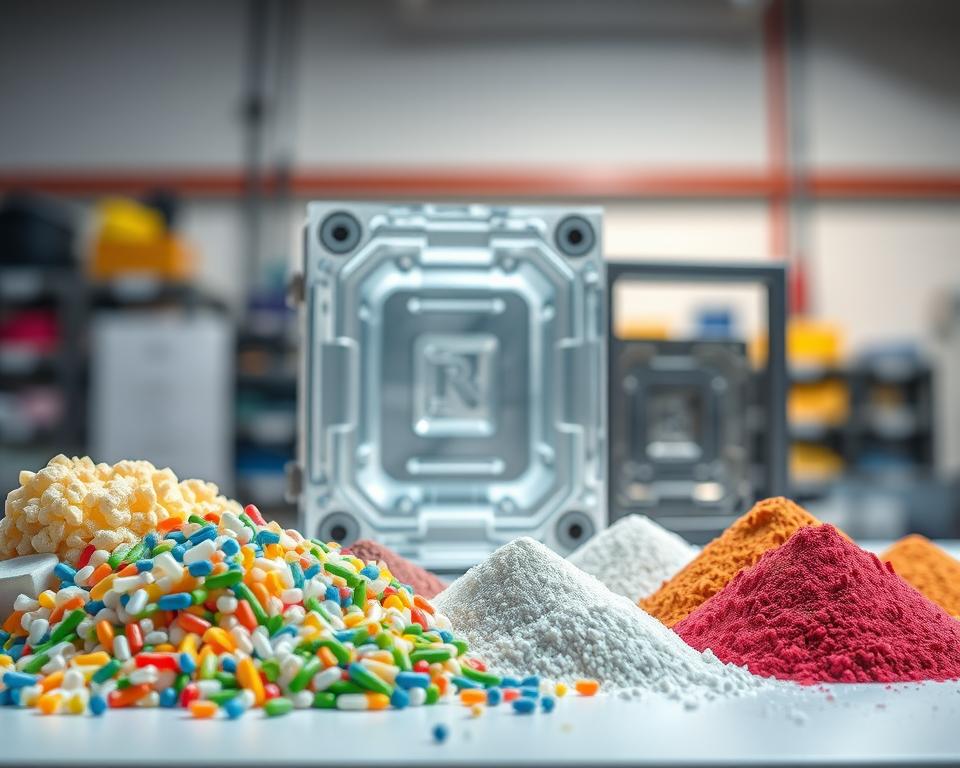Your Playbook for Procuring Injection Molding Services from China
The important meeting has recently finished, your new product is a go, the timeline is aggressive, and the budget is, let’s say, constrained.. Then someone—maybe your boss, maybe the finance director—utters the phrase that sends a little jolt down every project manager’s spine: “We should look at sourcing this from China.”
You nod, of course. It makes sense on paper. The cost savings can be huge. Yet your thoughts are already spinning. You know the rumors, don’t you? Quality failures, endless communication gaps, shipments arriving months late and nothing like the prototype. It can feel like you’re being asked to walk a tightrope between landing a huge cost win for the company and steering your project straight into a ditch.
Here’s the thing, though. Sourcing China injection molding doesn’t have to be a gamble. It’s a project, just like any other. And as with any project, success depends on your methodology. It isn’t about the cheapest offer but about choosing the right supplier and running the process transparently. Ignore the nightmare anecdotes. Let’s go through a step-by-step guide to succeed.

Initial Step: Prepare Your Information
Before you even whisper the word “supplier” or open a browser tab to Alibaba, you need to get your own house in order. Honestly, more than half of all overseas manufacturing problems start right here, with a weak or incomplete information package. Don’t assume a remote factory can guess your needs. A vague RFQ is like telling a contractor to bid on “a house.” You’ll get wildly varied quotes that are useless.
Your RFQ should be bulletproof—clear, detailed, and unambiguous. It’s the cornerstone of your entire effort.
What belongs in your RFQ?
Start with your 3D design files. These are non-negotiable. Provide files in common formats (e.g., STEP, IGS) to prevent import issues. This serves as the definitive part geometry reference.
But 3D isn’t enough. Include precise 2D engineering drawings. Here you specify what 3D can’t show. Examples include tolerances (e.g., ‘25.00±0.05 mm’), material grade, surface finish requirements, and functional callouts. Call out smooth surfaces or precision hole sizes in big, bold notation.
Then specify the material. Avoid generic terms like “Plastic.” Don’t even just say “ABS.” Be specific. If you need SABIC Cycolac MG38 in black, say exactly that. Why? Because plastic grades vary by the thousands. Naming the precise grade locks in the mechanical, thermal, and aesthetic properties you need with plastic mold injection.
They can offer alternatives, but you must provide the initial spec.
Don’t forget the commercial info. State your EAU. You must specify if it’s a 1K-part tool or a 1M-part production run. Tool style, cavity count, and unit cost are volume-driven.
Finding the Right Supplier
With your RFQ perfected, who will you target? The web is vast but overwhelming. Finding suppliers is simple; finding quality ones is tough.
Begin on popular marketplaces such as Alibaba or Made-in-China. They offer breadth but not depth. Treat them as initial research tools, not final solutions. You’ll want to quickly build a list of maybe 10 to 15 companies that look promising.
Still, you must dig deeper. Consider using a sourcing agent. True, they charge a fee. But a reputable agent brings pre-screened factories. They bridge language and cultural gaps. For a first-time project, this can be an invaluable safety net. Think of it as insurance for your project timeline.
Another classic method? Trade shows. If you can attend, shows such as Chinaplas transform sourcing. Meeting onsite is unbeatable. You can handle sample parts, meet the engineers, and get a gut feeling for a company in a way that emails just can’t match. Also, leverage the tried-and-true referral network. Tap your professional contacts. Peer endorsements carry huge weight.
Sorting the Contenders from the Pretenders
With your RFQ dispatched to dozens of firms, estimates roll in. Some will be shockingly low, others surprisingly high. Your job now is to vet these companies and narrow it down to two or three serious contenders.
What’s the method? It’s a bit of an art and a science.
Begin with responsiveness. Do they respond quickly and clearly? Is their English good enough for complex technical discussions? But here’s the real test: Are they asking you intelligent questions? The best firms will question and suggest. “Have you considered adding a draft angle here to improve ejection?” or “We see your tolerance requirement here; our CMM can verify that, but it will add to the inspection time. Is that acceptable?” This is a massive green flag. You know they know their stuff. A supplier who just says “No problem” to everything is a walking red flag.
Then confirm their machinery specs. Get their tooling inventory. More importantly, ask for case studies of parts they’ve made that are similar to yours in size, complexity, or material. If you’re making a large, complex housing, you don’t want a shop that specializes in tiny gears.
Next up: the factory audit. This is not optional. As you vet staff, you must vet suppliers. You can travel or outsource a local inspector. They’ll send a local inspector to the factory for a day. They authenticate the firm, review ISO credentials, evaluate machines, and survey operations. That small investment can save you thousands.
Transforming CAD into Real Parts
After picking your vendor, you’ll agree on terms, typically 50% upfront for tooling and 50% upon first-sample approval. Then comes the real action.
Your supplier’s first deliverable is a DFM analysis. Design for Manufacturability (DFM) is essential. It’s their professional review of your CAD. They’ll flag thick sections prone to sink, sharp edges that stress, or insufficient draft. Comprehensive DFM equals a top-tier supplier. It’s a collaboration. Together, you tweak the design for best manufacturability.
Once the DFM is approved, they’ll start cutting steel to make your injection mold tool. A few weeks later, you’ll get an email that will make your heart beat a little faster: “T1 samples have shipped.” These represent the first trial parts. They are your moment of truth.
Be prepared: T1 samples are almost never perfect. That’s standard process. Look for small flaws, slight size errors, or surface marks. You critique, they refine, and T2 plastic mold in China parts arrive. It could require several iterations. Plan for this loop in your schedule.
Finally, a flawless part arrives. Dimensions, finish, and performance all check out. This becomes the “golden sample.” You formally approve it, and this sample is now the standard against which all future mass-produced parts will be judged.
Final Steps to Mass Production
Receiving the golden sample seems like victory, but you’re not done. Now comes full-scale production. How do you maintain consistency for part 10,000?
Implement a robust QC plan. Often, you hire a pre-shipment inspection service. Again, you can hire a third-party service. They’ll randomly select parts, compare them to specs and golden sample, and deliver a detailed report. They’ll send you a detailed report with photos and measurements. Once you sign off, you greenlight shipping and the last payment. This audit shields you from mass defects.
Lastly, plan logistics. Understand the shipping terms, or Incoterms. Does FOB apply, passing risk at the ship’s rail? Or EXW, shifting all transport to you? Your Incoterm selection drives landed expenses.
Overseas sourcing is a marathon. It’s about building a relationship with your supplier. See them as collaborators, not vendors. Open dialogue, trust, and rigorous procedure deliver results. Certainly, it’s complex. But with this framework, it’s one you can absolutely nail, delivering the cost savings everyone wants without sacrificing your sanity—or the quality of your product. You’re ready.


